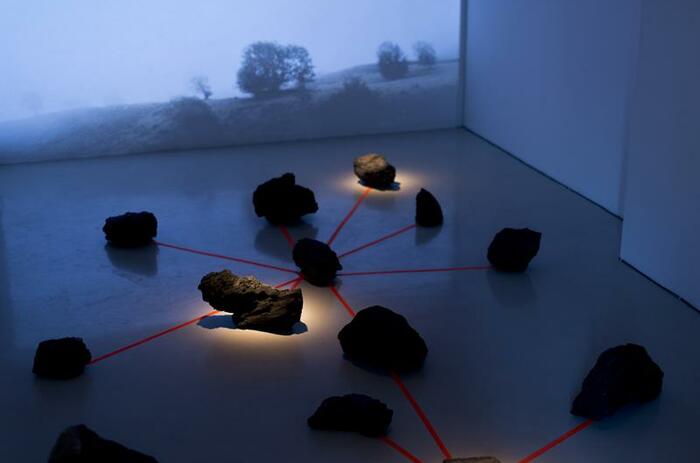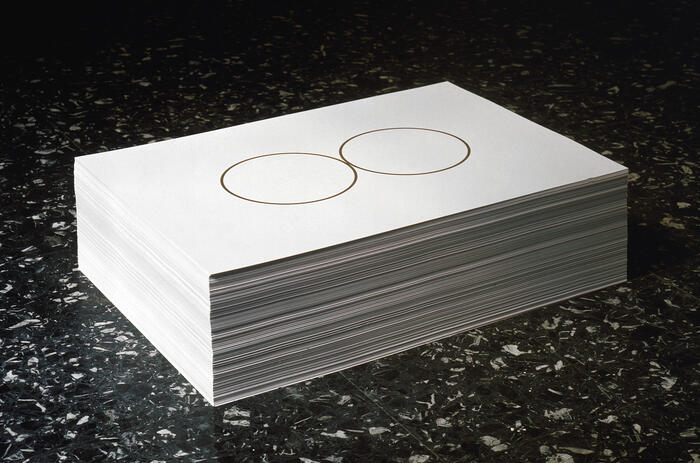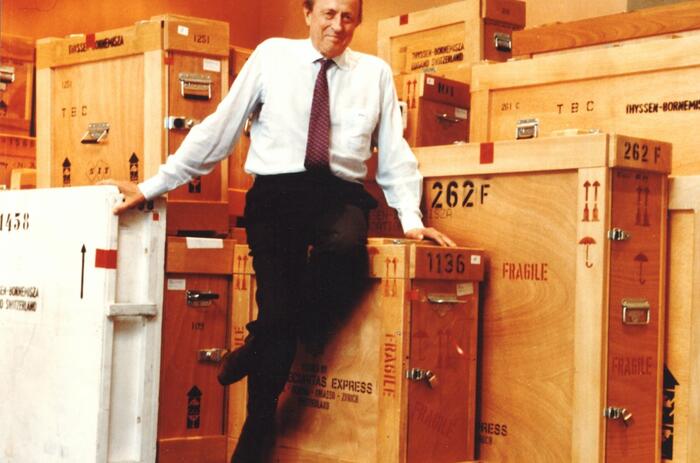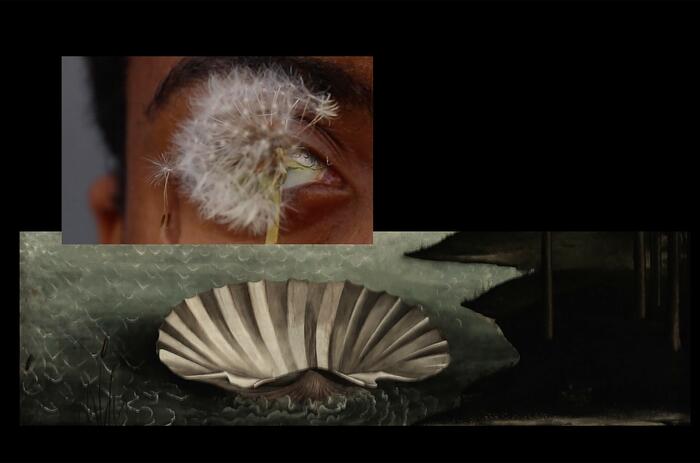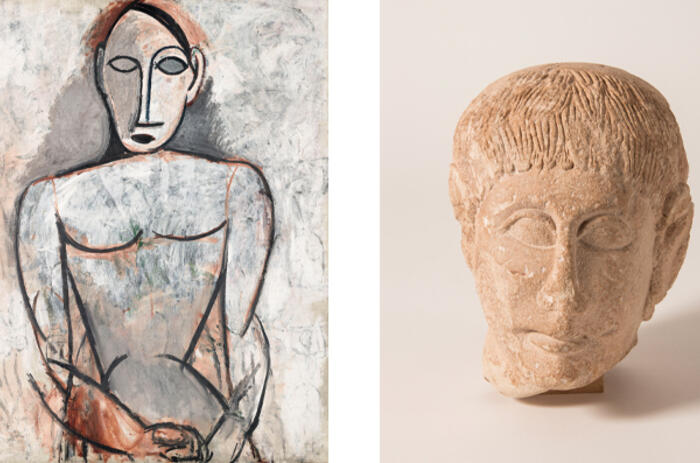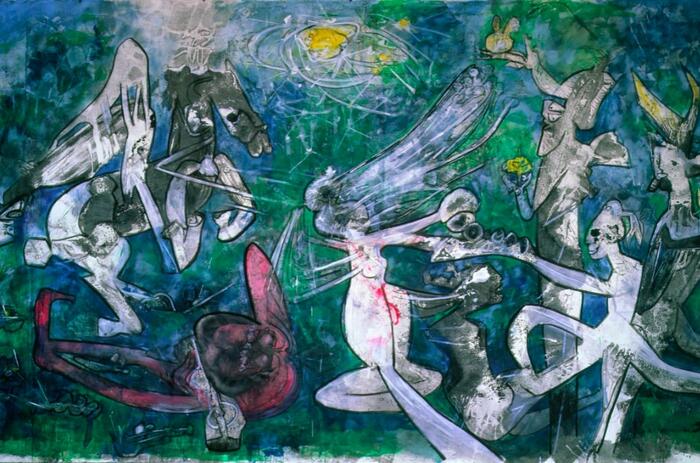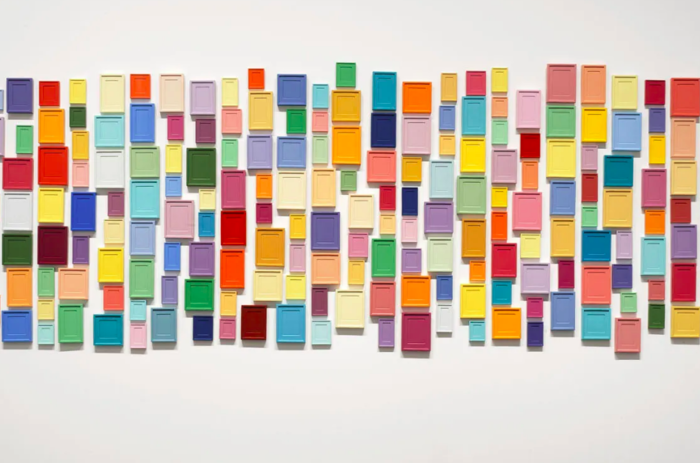IN REAL TIME. THE RAFAEL TOUS COLLECTION OF CONCEPTUAL ART
The Rafael Tous Collection, donated to MACBA (Museu d'Art Contemporani de Barcelona) just one year ago, is the portrait of a moment and specific artistic practices. A passionate collector linked to the textile world, Rafael Tous opted for conceptual art as a set of plural practices that prioritized the idea and the process over the object. Without speculative intention and in an intuitive way, Tous set up a collection that brings together the attitudes and experimental works of a group of artists with whom, in many cases, he established bonds of friendship, in addition to accompanying them in their artistic growth. Exhibition curated by: Antònia Maria Perelló, curator and head of the MACBA Collection, and Claudia Segura, curator of exhibitions and Collection.
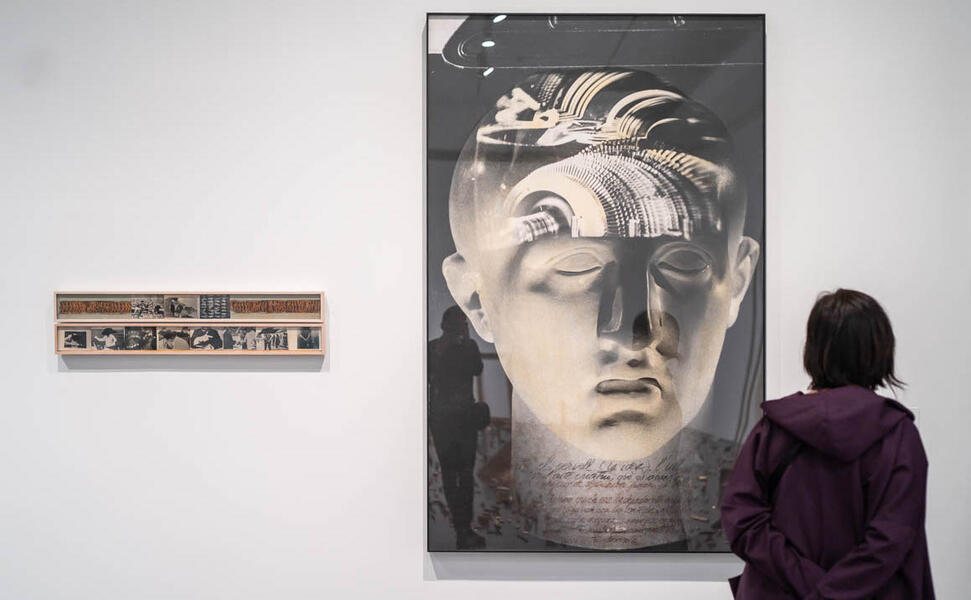
In real time. The Rafael Tous Collection of conceptual art shows a significant journey through the experimental practices of the seventies and eighties in Catalonia through various areas. Action art, interaction with nature, interest in the media and new consumerism, social and political criticism, text and the incorporation of the object are some of the aspects discussed. The works presented make visible the inclinations and preferences of the private collector, who in the act of collecting finds his own form of expression.
-
Vistas de instalación. Foto: Miquel Coll. Cortesía de MACBA Museu d'Art Contemporani de Barcelona
-
Vistas de instalación. Foto: Miquel Coll. Cortesía de MACBA Museu d'Art Contemporani de Barcelona
-
Vistas de instalación. Foto: Miquel Coll. Cortesía de MACBA Museu d'Art Contemporani de Barcelona
-
Vistas de instalación. Foto: Miquel Coll. Cortesía de MACBA Museu d'Art Contemporani de Barcelona
-
Vistas de instalación. Foto: Miquel Coll. Cortesía de MACBA Museu d'Art Contemporani de Barcelona
One of the features that distinguishes the Tous Collection is that it has developed organically, as has the art it incorporated been produced. On the other hand, although it represents the portrait of a time, it must not be forgotten that what gives unity to such diverse practices is precisely the gaze of the collector. As Elio Grazioli points out in La collezione come forma d'arte, although the collections are a reflection of their times, when one observes “what they were when deviating from the main line, from the busiest, is when they best demonstrated the depth and truth of the possible choices".
Moving away from the chronological option, the exhibition points out different approaches and lines of work of the so-called conceptual practices. Beyond the standardization imposed by the epigraph of conceptual art, it emphasizes the diversity of manifestations and positions that characterize the practices of the artists gathered under this denomination. Artists who, rejecting any programmatic will and without identifying with any group, shared the same experimental and investigative spirit. Eugènia Balcells spoke of “producing things that nobody asked for”. Thus, the themes that accompany the tour show the porosity of the artists, who are often represented in more than one area; It follows that they did not move within categories and that the act of claiming their practice consisted precisely in inhabiting the liminal spaces between the theoretical and closed axes of the history of art. Recovering these frictions, the exhibition must open cracks in the historiographic narrative and encourage new readings.
-
Vistas de instalación. Foto: Miquel Coll. Cortesía de MACBA Museu d'Art Contemporani de Barcelona
-
Vistas de instalación. Foto: Miquel Coll. Cortesía de MACBA Museu d'Art Contemporani de Barcelona
-
Vistas de instalación. Foto: Miquel Coll. Cortesía de MACBA Museu d'Art Contemporani de Barcelona
-
Vistas de instalación. Foto: Miquel Coll. Cortesía de MACBA Museu d'Art Contemporani de Barcelona
-
Vistas de instalación. Foto: Miquel Coll. Cortesía de MACBA Museu d'Art Contemporani de Barcelona
With works by 28 artists, some of the explored areas in the exhibition focus on action art and practices that claim the value of the pure event are presented; proposals linked to nature and that take the body as the subject of a cosmic order; works that emphasize the ideological element of images and the power of the mass media; and those that are articulated as devices of political criticism or, as Luis Camnitzer calls it, in “guerrilla strategy”. But also on practices that make language and the value of signs their object of analysis and others that explore the metaphysics of the object.

